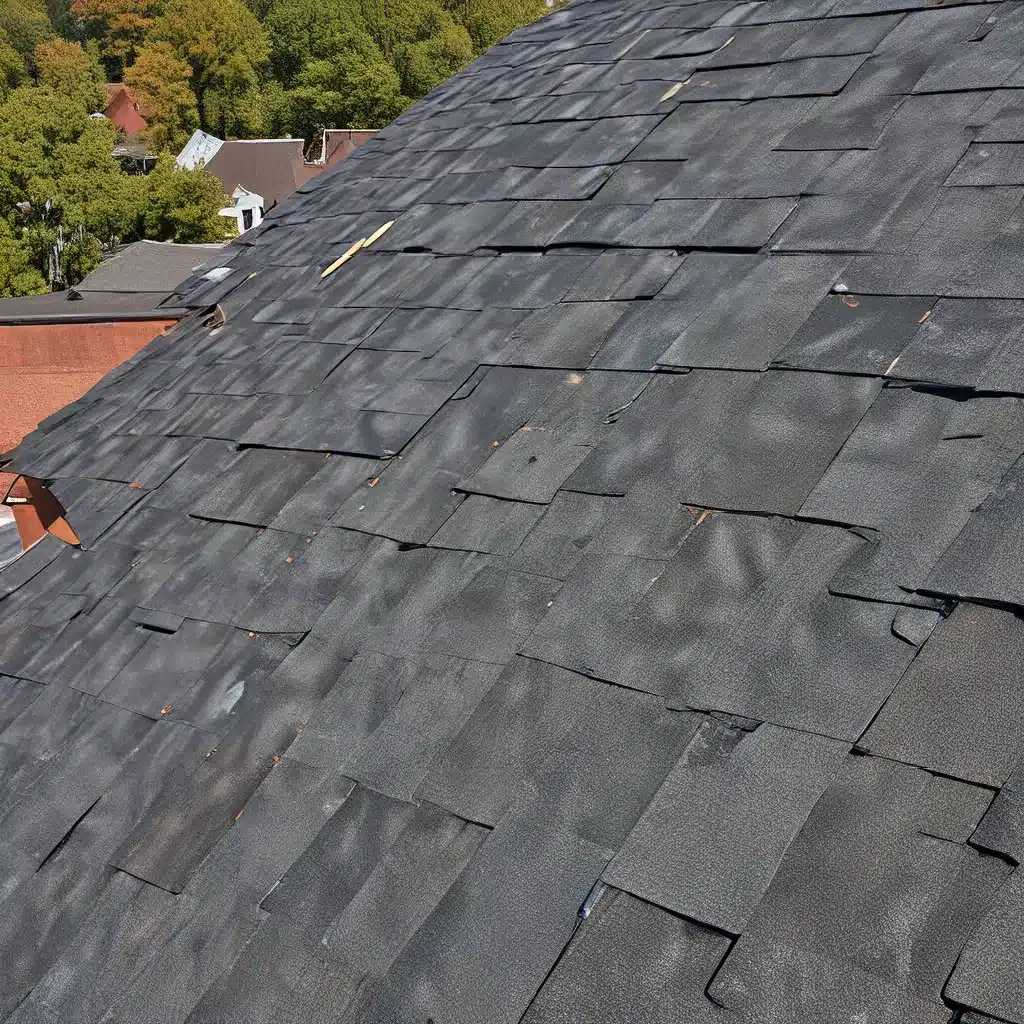
Unleashing the Power of Passive Solar Design
As a homeowner, I’ve always been fascinated by the concept of passive solar design – the idea of harnessing the sun’s energy to heat and cool my home naturally. After stumbling upon some insightful information from the U.S. Department of Energy, I decided to dive deeper into this topic and explore how it could revolutionize the way I think about my roofing and home energy efficiency.
One of the key principles of passive solar design is to minimize energy use through various energy-efficiency strategies before adding any solar features. This makes perfect sense to me – why spend a fortune on expensive solar panels if I haven’t first addressed the underlying issues that are causing my home to bleed energy? The Department of Energy’s website emphasizes that energy efficiency is the most cost-effective approach to reducing heating and cooling bills.
So, I started thinking about the different ways I could improve my home’s energy efficiency. Insulation, air sealing, and strategic window placement were just a few of the ideas that came to mind. But then I realized that my roof – the oft-overlooked workhorse of my home – could be the real game-changer when it comes to passive solar design.
The Power of the Roof: Maximizing Solar Potential
As I delved deeper into the topic, I discovered that the orientation and design of my roof could have a profound impact on my home’s ability to harness the sun’s energy. The team at Southern Roofing explained that the south-facing side of my roof would be the key to maximizing passive solar gains.
By strategically positioning my home on the lot and ensuring that the south-facing side of my roof had an unobstructed view of the sun, I could create a natural solar collector. The sun’s rays would then be able to shine directly through south-facing windows, warming the thermal mass (like masonry floors and walls) inside my home.
As the room cools at night, this thermal mass would slowly release the stored heat, maintaining a comfortable temperature without the need for additional heating. Genius, right? It’s like nature’s own air conditioning system, all powered by the sun.
Balancing the Elements: Thermal Mass and Glazing
Of course, as with any well-designed system, there’s a delicate balance to strike. The Department of Energy emphasizes that the ratio of thermal mass to glazing is crucial for a successful passive solar home design. Too much thermal mass and the home might overheat; too little, and it won’t retain enough heat.
This is where the experts at Southern Roofing really shine. They understand that the ideal ratio can vary depending on the local climate, and they work closely with homeowners like me to find the perfect balance.
In my case, they recommended incorporating features like water-filled containers and masonry walls to absorb and store the sun’s heat. And to prevent overheating during the warmer months, they suggested installing overhangs, awnings, and landscaping to provide strategic shading.
Passive Solar Design in Action: Indirect and Isolated Gain
As I continued my research, I learned that passive solar design can take on different forms, each with its own unique advantages. The Department of Energy highlighted a few key approaches:
Direct Gain: This is the simplest form of passive solar design, where sunlight enters the home through south-facing windows and warms the thermal mass directly.
Indirect Gain: In this approach, the thermal mass is located between the south-facing windows and the living spaces, creating a Trombe wall that absorbs and slowly releases the heat.
Isolated Gain: Here, the passive solar elements are separated from the main living spaces, like in a sunroom or solarium. These zones can then be opened or closed off as needed to regulate the temperature.
Fascinating stuff, right? I love how these different techniques give homeowners like me the flexibility to tailor the passive solar design to our unique needs and preferences.
Overcoming Challenges: Ensuring Year-Round Comfort
Of course, as with any home improvement project, there are always challenges to overcome. The team at Southern Roofing was quick to point out that a successful passive solar home design must also address summer comfort.
After all, what good is a warm, cozy home in the winter if it turns into a sweltering oven in the summer? The experts emphasized the importance of incorporating shading devices, strategic landscaping, and even nighttime ventilation to ensure my home remains comfortable year-round.
They also stressed the need to work with experienced designers and builders who understand the nuances of passive solar design. As the Department of Energy notes, “A successful passive solar home design must include some basic elements that work together” – and it takes a skilled professional to get that balance just right.
The Southern Roofing Advantage: Bringing it All Together
As I reflect on my journey into the world of passive solar design, I can’t help but be amazed by the transformative power of the humble roof. With the right orientation, materials, and design elements, it can become a powerful tool for harnessing the sun’s energy and reducing my home’s energy demands.
And that’s where the team at Southern Roofing really shines. They don’t just install roofs – they’re experts in passive solar design, with a deep understanding of how to optimize my home’s energy performance.
From strategic window placement to carefully calculated thermal mass ratios, they’ve guided me every step of the way. And by incorporating features like water-filled thermal storage and shading devices, they’ve helped me create a home that is not only energy-efficient, but also comfortable and visually appealing.
As I look to the future, I’m excited to see how advances in passive solar technology and ongoing research will continue to shape the way we approach home design and energy savings. And with the expert team at Southern Roofing by my side, I know I’m in good hands as I maximize my home’s energy savings and embrace the power of the sun.